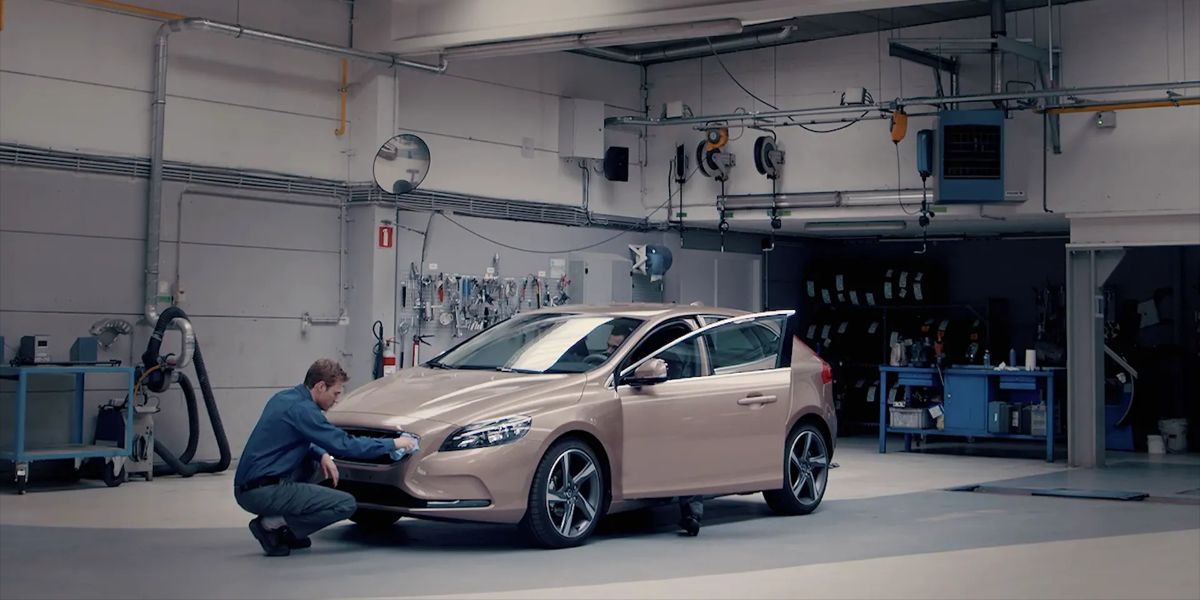The upkeep of a car is an essential part of owning and using one. Regular maintenance plays a critical role in assuring your safety and the safety of other road users in addition to extending the life of your car. The body of the vehicle should always be inspected as part of routine maintenance. A vehicle’s body is crucial to both its overall performance and structural integrity in addition to contributing to its looks. The significance of car body inspection, the important areas to pay attention to, and how to conduct a complete inspection are all covered in this article.
Vehicle Body Inspection: Its Value
- Structural Integrity: The body of the vehicle acts as its structural foundation. The vehicle’s capacity to resist impacts in the case of a collision can be impacted by any harm or compromise to the body. Regular body inspections may help find structural problems quickly and fix them, assuring the safety of the car on the road.
- Safety: Safety risks may result from a damaged body. Accident or injury risk might be increased by loose panels, corrosion, or weak welding. Regular inspections can help identify these problems before they worsen, which will make driving conditions safer.
- Value at Resale: A well-maintained car body may greatly increase the value at Resale of your vehicle. Buyers frequently opt for cars with little to no body damage or wear and tear. Your car’s appearance may be preserved with routine inspections and maintenance.
Important Things to Look for During a Vehicle Inspection
Exterior Panels
Look for dents, scratches, or corrosion on all exterior panels, such as the doors, fenders, bumpers, and hood. Pay close attention to any locations where the paint may have peeled or chipped since rust might occur there.
Must Read: EV Charger Powering the Future: a Perfect Guide
- Paint condition: Examine the general state of the vehicle’s paint by doing so. Check for fading, chalking, or discolouration symptoms. A car with well kept paint looks better and is more corrosion-resistant.
- Joints and welds: Check the body’s joints and welds for any indications of cracking or separation. The structural integrity of the vehicle may be jeopardised by shoddy connections or welds.
- Undercarriage: Check the undercarriage for rust or corrosion, particularly in regions where wintertime road salt is used. Rust might make the suspension and chassis parts less durable.
- Light and mirrors: Check that all of the lights, including the headlights, taillights, turn signals, and mirrors, are operational and securely fastened to the vehicle.

Glass
Look for chips or cracks in the windscreen and other glass. Any glass damage might make it more difficult to see and be safe.
- Seals and weather stripping: Examine the weather stripping and seals around the doors and windows for signs of wear and tear. Water leaks caused by faulty seals may cause corrosion and interior damage.
- Suspension and alignment: Check the vehicle’s alignment and suspension, since misalignment or suspension problems can impair handling and result in uneven tire wear.
How to Conduct a Comprehensive Vehicle Inspection
- Clean the Car: Start by giving the car a good cleaning. Debris and dirt can obscure underlying problems, making it challenging to see damage or corrosion.
- Utilise Appropriate Lighting: Use a torch to check difficult-to-reach areas or conduct the examination in a well-lit location.
- Document finding: Take notes or pictures of any problems you find during the examination and document your findings. When a mechanic and you are discussing repairs, this paperwork might be useful.
- Seek professional assistance: A professional mechanic or body shop expert should evaluate your car on a regular basis even if you can do a simple visual examination. They are equipped and skilled to find hidden or subtle problems.
Prompt problem-solving not only improves safety but also raises your car’s market value. Keep in mind that a well-maintained car body keeps you and other drivers safe on the road in addition to looking attractive.
National Vehicle Inspections
National Vehicle Inspections are crucial examinations carried out on cars in the UK to make sure they adhere to safety and environmental criteria. Aspects like emissions, brakes, lighting, and structural integrity are all included in these inspections. Vehicles must pass these inspections to continue to be roadworthy, and NVI is essential for preserving environmental compliance and road safety.
